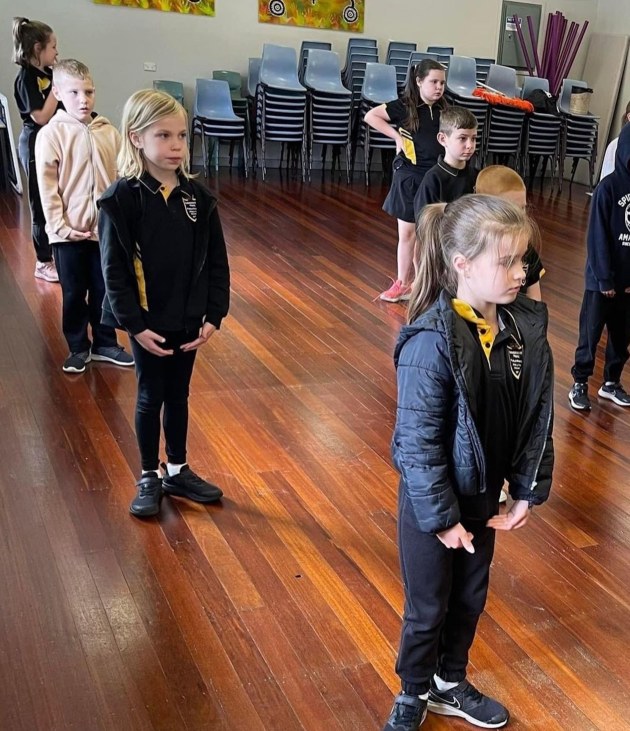Katia Kullengren: bringing dance to all

Meet the founder of Ballet Without Borders, a charity that aims to make ballet available for all children regardless of their socio-economic status.
You came to Australia from Ukraine in 1993. Would you like to share the reason why?
My mother migrated in the hope of a better life. The USSR had fallen and it was an unstable time. I was eight and we settled in Sydney.
Tell us your story with ballet?
Ballet is a huge part of the Eastern European culture. It is something that I believe is innately a part of us, a respected and loved artform. In the Ukraine you take up ballet classes and if you are talented that becomes your core study area, there is no part time, it's an all-or-nothing.
When I migrated to Australia I was eager to try to attend classes but without English language skills, and with the expense and us moving around a fair deal, it was not really possible. I attended a few here and there and then stopped.
How did you go about setting up Ballet Without Borders? How did you know what to do?
I have often been called "determined and tenacious". The idea popped into my head when I had just sat my Royal Academy of Dance exam at 30 and saw the privilege that most students had in their life. It clicked for me that finance was the core reason I never attended ballet class and why we never went to see the ballet. Once I knew the mission and vision the rest was hundreds of hours of work next to a full-time job and small child. But knowing, and then seeing, the impact – it’s all worth it.
How many people are now in the organisation?
We have a working, skills-based board, volunteers and often a part time community engagement officer. To date we have taught more than 500 children with over 6000 contact hours.
Your mission is to democratise ballet and make it more accessible. How does that translate into practice?
We work mainly in public primary schools, during school hours, to provide ballet classes the way that a sports or arts class is provided.
We usually run a term of lessons, once a week for the nominated class/s at the school. Children learn from a professional ballet teacher and we provide a holistic approach including ballet history, sharing props, and facts about ballet as an art form.
We engage students in a fun way to learn ballet moves and terminology. Occasionally we also do school holiday workshops and after school care. As long as there is disadvantage and lack of accessibility we are interested!

Do you have any examples you would like to share of happy outcomes/successes?
There are so many! Mostly through pictures of students dancing and the reflection cards they provide. My favourite story is the time we taught at Liverpool and had more boys than girls. They were fairly unimpressed to begin with, [knowing] all the stereotypes that go with ballet. However I showed them a video of a rugby player doing ballet to strengthen their ankles and that changed everything!
Why is letting children learn ballet so important to you? What would you say to those who would say the money would be better spent in another way?
For me personally it's about opportunity. Why should a child experience soccer and not ballet just because they are financially disadvantaged? Art is a beautiful thing that opens the mind and heart and it should not be appreciated purely by those who can afford it.
Were there any obstacles to setting up BWB?
Many. But the main one is that I am neither ultra wealthy myself (where I do not need a day job) or well connected, having come from a poor background, nor did I dance. So it all had to be built from scratch. And many beautiful people have helped me along the way.
Is Australia a classless society?
That is a tough question! I think Australia is unique, it has given me all the opportunities I would not have otherwise. But like any country there is poverty and disadvantage.
If you could dance a role in a ballet, what would it be?
Suite en blanc.



